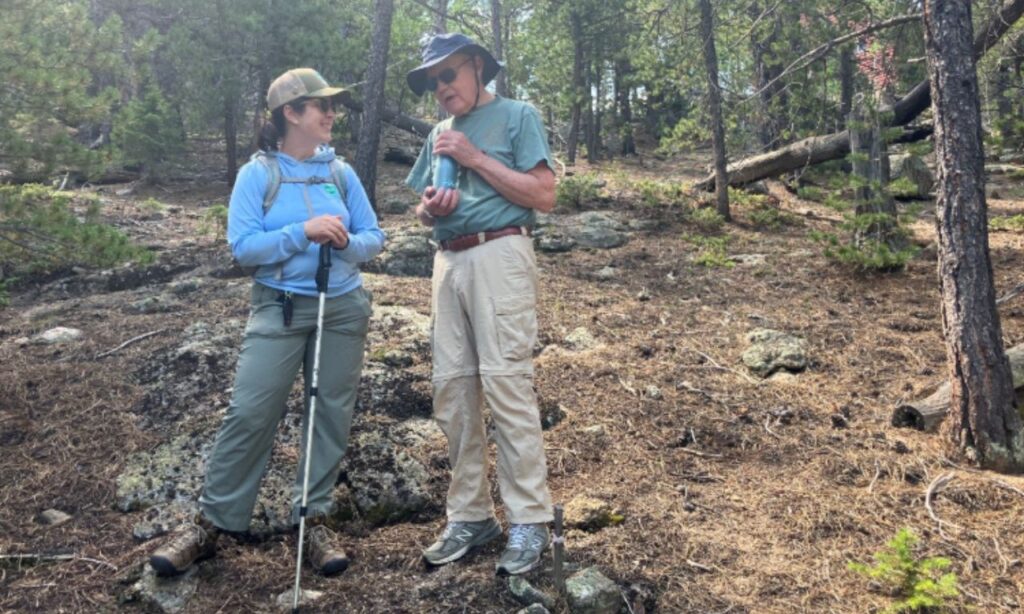What is it you actually do? Seems like a simple enough question. It’s one of the basics you might get at a social gathering when meeting someone new. However, when I get asked this question, I like to check to see if the person really has the time, and interest, for the full answer. Because what I do is far from simple and doesn’t fit into any typical description. I’m a stewardship monitor for Boulder County Parks & Open Space’s Conservation Easement Program.
That title alone is a mouthful and requires some breaking down. The Conservation Easement Program is a partnership between Boulder County and approximately 850 landowners throughout the county. These landowners agree to restrict uses on their land to protect conservation values, providing invaluable agricultural lands, wildlife habitat, and rural character on more than 40,000 acres of the county.
The restrictions and terms for each easement are unique, but the overall goal is to form a partnership between the county and landowners to conserve and steward the land together.
Stewardship is no easy task! Here at Parks & Open Space, we have two full-time and two seasonal staff members to get the job done. That’s where the Conservation Easement Program, and especially the stewardship monitors, come into play. Our role is to support landowners, answer questions, and connect them with the resources they need to steward their land.
Each conservation easement property must be monitored to ensure the terms of the easements are being fulfilled. How often we visit depends on the terms of the easement as well as staff capacity. Before visiting, we review the easement’s terms, research past activity on the property, and examine aerial imagery to be able to spot any recent changes.
Once the preparation is complete, it’s time to head into the field. Sometimes landowners request to meet us for these visits; other times, we conduct the visits on our own. Either way, we explore each property to observe how the land is doing and ensure the terms of the easements are upheld.
We look out for common culprits like invasive weeds and investigate any issues the landowners bring to our attention. On agricultural lands, we look at what’s growing and check to make sure any water rights associated with the easement are being utilized. We also generally look for signs of wildlife, native plants, and overall health of the land. Finally, we take photos and document our observations. It all requires a thorough exploration.
Then it’s time for follow up! As advocates for our landowners, we seek out information from other staff within Parks & Open Space. Stewardship is a team effort! We consult with our agriculture, invasive plants, plant ecology, wildlife, and forestry teams on a regular basis. We also consult with the Boulder County Community Planning & Permitting department about plans our landowners may have. Sometimes questions lead us on a deep dive into land use code regulations, other times we may need to research methods of weed management or perhaps learn more about fire mitigation. Each follow up is as unique as the conservation easement itself. In the Conservation Easement Program, staff members are true jacks of all trades.
In addition to following up with the landowners, we write a report about what we observed on site. We include the photographs we’ve taken as well as a map of where these photographs were taken. Monitoring reports over the years give a great view of what’s happening with the land over time.
So, what do I answer when asked, “What do you actually do?” Often, I just smile and say that I work as an advocate for conservation easement landowners in Boulder County, I help steward some of the most beautiful places in the county, and that it’s my great privilege to do so.

